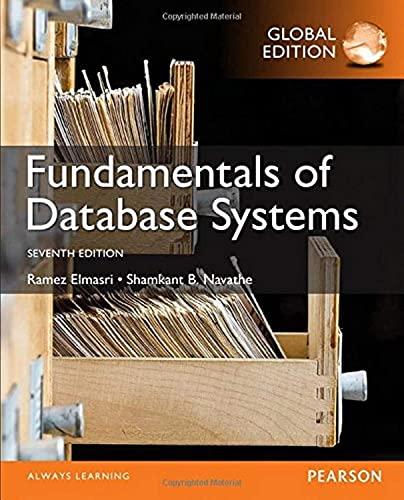Question
Having trouble with a python problem: Assume there is a variable, h already associated with a positive integer value. Write the code necessary to count
Having trouble with a python problem:
Assume there is a variable, h already associated with a positive integer value. Write the code necessary to count the number of perfect squares whose value is less than h, starting with 1. (A perfect square is an integer like 9, 16, 25, 36 that is equal to the square of another integer (in this case 3*3, 4*4, 5*5, 6*6 respectively).) Assign the sum you compute to a variable q For example, if h is 19, you would assign 4 to q because there are perfect squares (starting with 1) that are less than h are: 1, 4, 9, 16.
Here is my current code:
i=1
q=0
while ((i*i) q=(i*i)-q i+=1
Step by Step Solution
There are 3 Steps involved in it
Step: 1

Get Instant Access to Expert-Tailored Solutions
See step-by-step solutions with expert insights and AI powered tools for academic success
Step: 2

Step: 3

Ace Your Homework with AI
Get the answers you need in no time with our AI-driven, step-by-step assistance
Get Started


